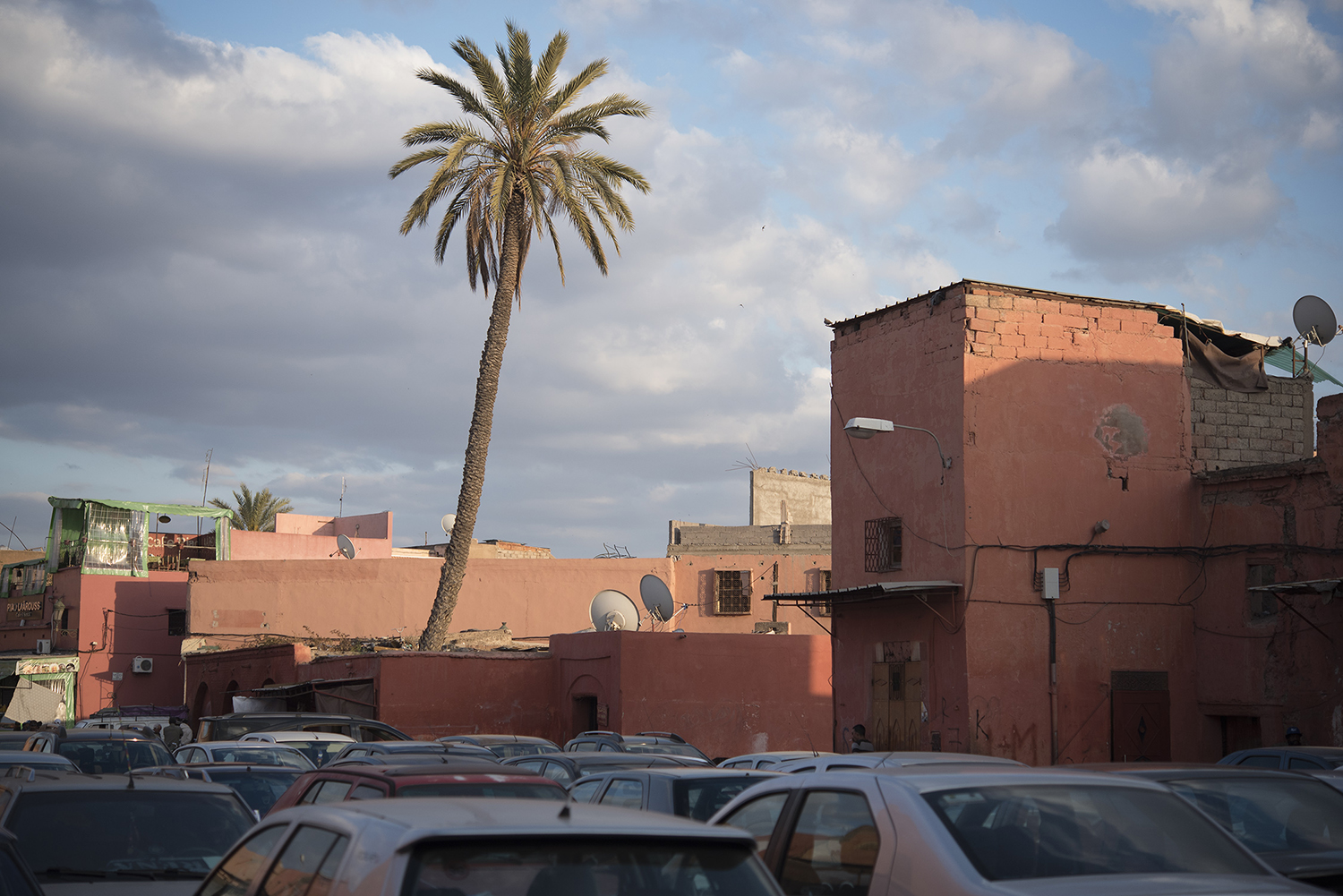For years, I’ve been attracted to the textures and time-worn character of architecture in decay, spaces (urban, suburban and rural) devoid of people, and previously used elements of the cityscape sitting idle. Being in these areas can sometimes feel like I’m at once seeing time move backwards and forwards: Backwards, as I imagine the places and buildings during their heyday; forwards, because of my sense of impending apocalypse and a belief that the empty streets or shells of buildings may foreshadow what’s on the horizon for society in general.
For the most part, I’ve paid little mind to the isolation and eeriness that surrounds the areas described, although at times I’ve suddenly become aware of the potential for danger. In a dirt lot that spanned an entire block in Guadalajara, for example, as I was photographing the wasteland of broken bottles, trash, concrete blocks and twisted metal strewn between the 12-foot walls that enclosed the area, a man in tattered clothes suddenly emerged from behind some cardboard boxes about 100 feet away. While tempted to approach and ask to take his photograph (as a representation of humanities existence in hostile surroundings), I realized that if he was addled by drugs or armed I would be open to attack and opted for retreat.
Yet my intention is not to show the scenes I’ve photographed as completely stark. Against the backdrops of lifeless human constructions, many images hold a kernel of hope. Be it a a tuft of vegetation growing out of a derelict building, a bird perched on an antenna in an unglamorous downtown, or even people (rendered diminutive by their surroundings), nature’s resilience can be found. Let us hope that will always be the case.









